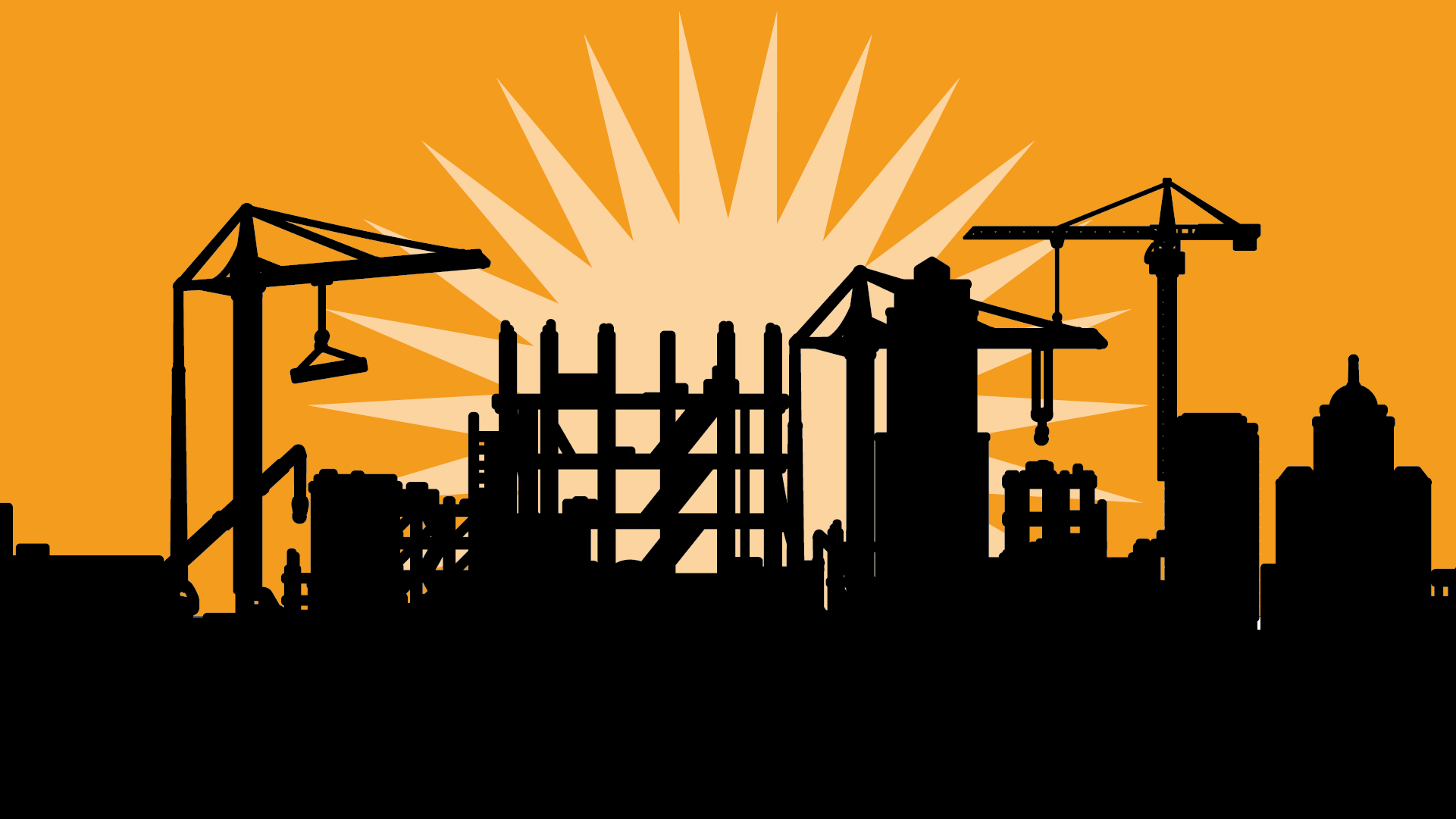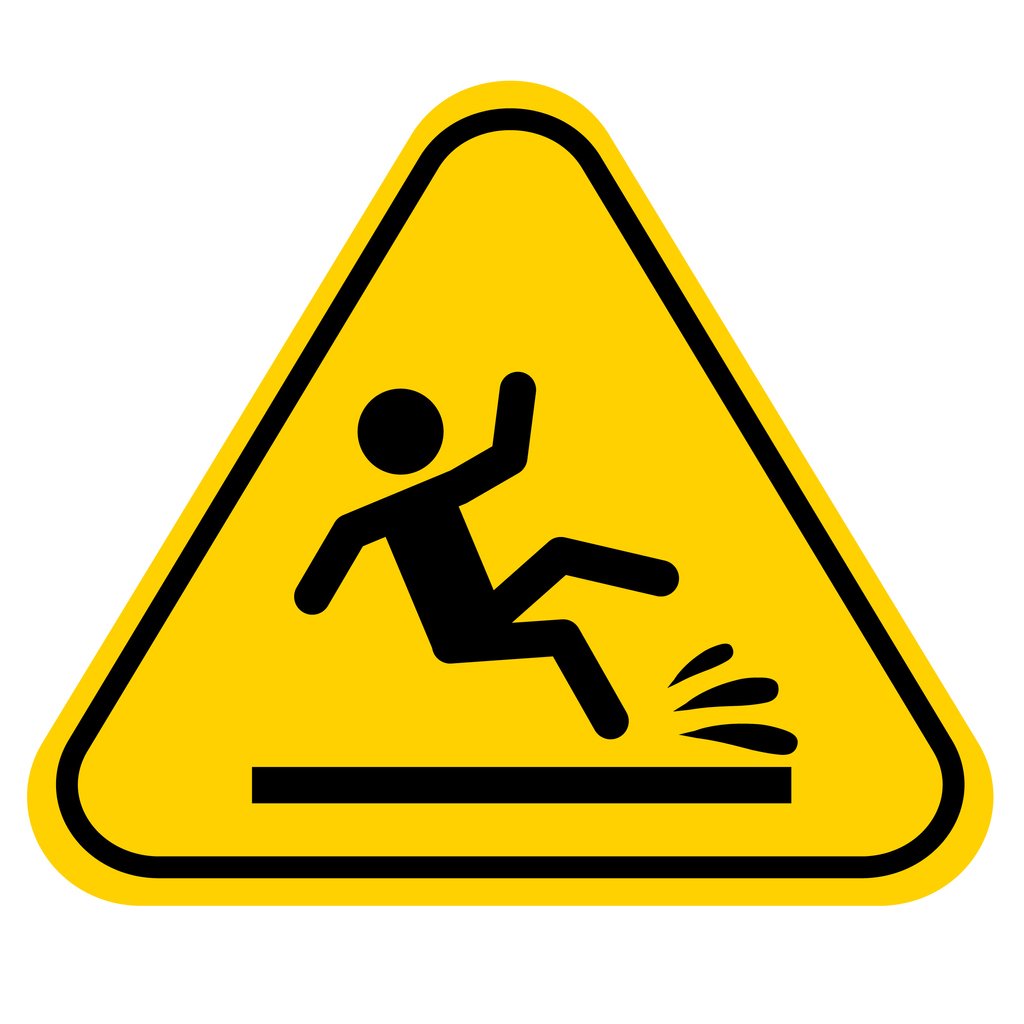
Toolbox Talks
Toolbox Talks safety briefings are an easy and efficient way to keep construction employees safe.
New Toolbox Talks Portal
🛠️
New Toolbox Talks Portal 🛠️
We’ve launched a NEW Toolbox Talks portal where you can access over 125 safety briefings that have been updated since 2023!
As development continues on the new portal, we will continue to host the older versions of the talks on this page as an archive.
What are Toolbox Talks?
These brief meetings offer an opportunity for team members to learn about potential hazards and preventive measures, as well as a chance for the employer to review safety regulations. They are a great way to ensure that everyone is aware of the safety protocols that must be adhered to in order to prevent accidents and injuries on the job site.
Each toolbox talk has been reviewed and approved by a subject matter expert at L&I DOSH.
Search Toolbox Talks
Type a search term in the search box below to view English toolbox talks that match your search query. Or, use the category dropdown to view related talks.
Funding and support for the Toolbox Talks project and mobile apps has been provided by the State of Washington, Department of Labor & Industries, Safety & Health Investment Project.
HAZCOM – Labeling Secondary Containers
Date Posted: 01/30/2024
According to the Division of Occupational Safety and Health (DOSH), chemicals in secondary containers must be labeled with at least general information regarding the hazards of the chemicals, which, in conjunction with the other information immediately available to employees under the hazard communication program, will provide employees with the specific information regarding the physical and health hazards of the hazardous chemical.
Slips, Trips, and Falls
Date Posted: 01/30/2024
According to the Bureau of Labor Statistics (BLS), nearly one-third of reportable injuries and 40% of fatalities in construction result from slips, trips, and falls nationally. These injuries result in 50% more days away from work than other injuries.
Falling Objects
Date Posted: 01/30/2024
Each day, countless workplaces are subjected to the risk of falling objects. According to a recent survey conducted by the Center for Construction and Research and Training (CPWR), in 2022, falling/flying objects accounted for approximately 30% of injuries on construction sites.
Choosing the Best Fall Protection
Date Posted: 01/27/2024
According to the WA Department of Labor and Industries, Falls account for more than 1/3 of all fatalities in Construction in WA State. (36% between 2018-2022 Labor and Industries). In 2020, nationally, there were 351 fatal falls to a lower level out of 1,008 construction fatalities (BLS data). These fatalities are preventable.
Ergonomic Safety
Date Posted: 01/27/2024
According to the Occupational Safety and Health Administration (OSHA), About 1.8 million workers report musculoskeletal disorders (MSDs), commonly known as strains and sprains, such as carpal tunnel syndrome, tendinitis, and back injuries yearly.
The Fatal Four in Construction – Struck By
Date Posted: 12/12/2023
According to the National Institute for Occupational Safety & Health (NIOSH), struck-by incidents occur when a moving object strikes a worker. These struck-by incidents are a leading cause of death among construction workers. The four most common struck-by hazards are struck by a flying, falling, swinging, or rolling object, both large and small, from vehicles and heavy machinery to rocks, gravel, and tools.
The Fatal Four in Construction – Falls
Date Posted: 12/12/2023
Statistically, construction sites are one of the country’s most dangerous workplaces, with one in every five deaths occurring in construction as well as being a WA Top 10 rule violation. Falls are the number one cause of construction worker fatalities, accounting for more than one-third (34%) of all deaths in the industry.
The Fatal Four in Construction – Electrocution
Date Posted: 12/12/2023
Statistics show that exposure to electricity is a significant cause of death among construction workers. Among electricians, the most serious concern is working “live” or near live wires instead of de-energizing and using lockout/tagout procedures.
The Fatal Four in Construction - Caught In / Between
Date Posted: 12/12/2023
Nationally, workers suffer approximately 125,000 caught-in-between or crushed injuries yearly when body parts get caught between two objects or are entangled with machinery. These hazards are also referred to as "pinch points.”
Solvents in Construction
Date Posted: 10/28/2023
According to OSHA, “Millions of workers are exposed to solvents on a daily basis. Health hazards associated with solvent exposure include toxicity to the nervous system, reproductive damage, liver and kidney damage, respiratory impairment, cancer, and dermatitis. Solvents share many chemical, physical, and biological properties that warrant national attention be directed to them as a group. In addition, many solvent groups or individual substances have special properties requiring more specialized control measures.”
Silica in construction
Date Posted: 10/28/2023
OSHA estimates that more than 840,000 workers are exposed to silica levels that exceed the new permissible exposure limit (PEL) annually. Silica is found in many materials common on construction sites, including sand, concrete, rock, mortar, stone, and brick. When workers cut, grind, abrasive blast, jackhammer, or perform other tasks that disturb these materials, dust containing crystalline silica can be released into the air. Workers who inhale this dust are at risk.
Mold in construction
Date Posted: 10/27/2023
According to OSHA, Molds are microscopic organisms found everywhere in the environment, indoors and outdoors. Most molds are harmless, but some can cause infections and allergy symptoms and produce toxins. Inhalation is the exposure of most concern to cleanup workers.
Lead in construction
Date Posted: 10/27/2023
Lead is a toxic, naturally occurring heavy metal. Traditionally in the construction industry, most over-exposures to lead have been found in the trades such as plumbing, welding, and painting.
Hydrogen Sulfide (H2S) Hazards in Construction
Date Posted: 10/27/2023
Hydrogen sulfide is prevalent in natural gas and petroleum. As a result, Workers in gas plants, refineries, petrochemical plants, pulp mills, underground mines, sewers, wastewater treatment plants, and asphalt plants are at high risk of exposure. Hydrogen sulfide (H2S) is a colorless, flammable, extremely hazardous gas with a “rotten egg” smell.
Carbon Monoxide (CO) Hazards in Construction
Date Posted: 10/27/2023
Carbon monoxide (CO) is a poisonous, colorless, odorless, tasteless gas. Although it has no detectable odor, CO is often mixed with other gases that do have an odor. So, you can inhale carbon monoxide right along with gases that you can smell and not even know that CO is present.
Asbestos in Construction
Date Posted: 10/24/2023
Around 5,000 people from all industries die from asbestos-related diseases every year. According to the Washington State Department of Health, asbestos is a mineral fiber found in rocks and soil. It was once widely used in building materials and products to strengthen them and provide heat insulation and fire resistance. It is still used in some products today.
Respiratory Protection
Date Posted: 04/24/2023
It is estimated that more than 5 million workers use respiratory protection regularly as part of their work. Respirators protect the user from various airborne contaminants, including harmful dust, fog, smoke, mists, gases, vapors, and sprays. Air-supplied respirators protect workers from oxygen-deficient environments also.
Head Protection
Date Posted: 04/24/2023
Hard hats in construction are commonly used to protect workers from a head injury caused by falling objects, striking one’s head against an object, or electrical hazards, including shock and electrocution. The hard hat is a piece of personal protective equipment (PPE) designed to protect a worker when all other protection methods cannot.
Hand Protection
Date Posted: 04/24/2023
Protecting your hands is vital for your work and quality of life. Work-related hand injuries are one of the leading reasons workers end up in the emergency room and miss work. According to the Centers for Disease Control (CDC), over 1 million workers are treated in the emergency room due to hand injuries.
Foot Protection
Date Posted: 04/24/2023
Protective footwear worn on construction sites is designed to protect your feet from physical hazards such as falling objects, punctures through the soles of the footwear, extremely hot or cold temperatures, slippery surfaces, corrosive chemicals, and general foot fatigue.
Download the FREE
Toolbox Talks App!
Discover, discuss, and document over 150 Toolbox Talks! The Toolbox Talks app makes it simple to find safety talks for both construction and marine industries in English, Spanish, and Russian. Find a talk to review, then document your safety briefing with a signature capture form that generates a PDF of the meeting details that you can email or save to your device.
Funding and support for the Toolbox Talks project and mobile apps has been provided by the State of Washington, Department of Labor & Industries, Safety & Health Investment Project.



























